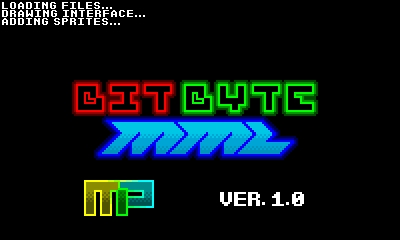No major updates yet, the track list is my current project, however I am getting close to the creation part. Basically, whenever in the view range, placed notes will appear as sprites with colors of the track they are in (faded if not the current track) and of appropriate length - basically what you may see in a MIDI sequencer. I'd like some input for how music data is stored.

プレイ済み







